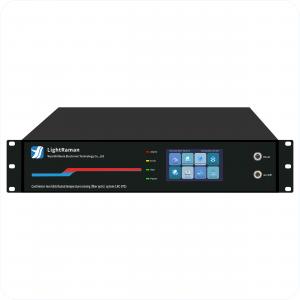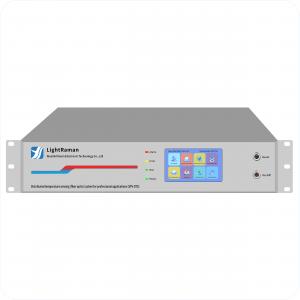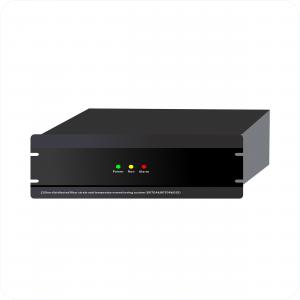The Forth DTS WL&UL Series
Technical parameters
The full name of this product is "Distributed Optical Fiber Temperature Measurement System", and its English abbreviation is DTS. In different application fields and standard specification parts, there are some differences in the names. For instance, in China, according to the GB16280-2014 standard, this product is defined as a "distributed optical fiber linear temperature-sensing fire detector", which is an important type of linear temperature-sensing fire detector.
The DTS host is responsible for processing the optical sensing data. In engineering practice, DTS systems need to be used in conjunction with sensing optical fibers (typically multimode communication optical fibers of 50μm or 62.5μm) to monitor the temperature of the environment where the optical fibers are located in real time. The requirements for DTS equipment and optical cables vary in different application fields and working environments. Therefore, during the product selection stage, based on the specific application field, the most suitable DTS host and corresponding optical cable should be chosen to ensure the performance and effect of the system.
Product Details
This product is the fourth-generation advanced "Distributed optical fiber sensing temperature measurement system" developed by our company based on a brand-new optical data processing platform. There are three product levels, corresponding respectively to the positioning accuracy and sampling interval of 0.4-meter, 0.2-meter and 0.1-meter levels.
1. Strong performance: Supports high-precision positioning and sampling within 0.1 meters; The spatial resolution (minimum temperature sensing size) reaches ±0.1m meters, and it has the detection capability of small hotspots. The distance length reaches 12 kilometers. It can support 16 channels; A single host can support up to 480,000 temperature sensors at most.
2. High integration, with the smallest size among similar products being 170mm*210mm*43mm.
3. Wide voltage supply with low power consumption, 10-36VDC wide voltage supply, minimum system average power consumption ≤6W;
4. Support CLASS 1 laser safety level;
5. The product adopts a self-developed dedicated system, and its data protocol is compatible with various mainstream operating systems (Windows, linux, iOS, Android, macOS, HarmonyOS, etc.)
6. Second-level alarm response time, with over 30,000 temperature points updated in real time within seconds. Any abnormal temperature at any location point can be promptly warned within seconds to prevent potential problems before they occur.
7. Rich interfaces, supporting RJ45 Ethernet, RS485 interfaces, various data protocols such as modbusRTU, modbusTCP, and up to 32 relay interfaces, facilitating the connection with third-party data protocols.
8. It features a 7-inch touch screen operation UI interface (1024*600), and is equipped with built-in temperature measurement software for convenient operation of this machine
9. It is equipped with built-in WEB server software, seamlessly integrating with various network environments, and adopts an embedded optical fiber temperature measurement system software
10. Supports various alarm methods, including constant temperature alarm, differential temperature alarm, temperature rise alarm, average value alarm, fault alarm, etc
11. It is equipped with real-time 24-hour continuous inspection without power interruption throughout the year and can quickly alarm.
12. The sensor selects ordinary communication multimode optical fibers, which are flexibly laid and not restricted by terrain or harsh environments (high or low temperature environments, humidity, dust, toxic gases, corrosive gases, flammable and explosive substances, strong electromagnetic interference, etc.). The optical fibers themselves are passive and do not require power supply. It supports an environment of over 12 kilometers, with no on-site power supply or network required.
Basic information
The main unit of the equipment belongs to the category of online instruments and meters. Optical cables belong to the sensing and transmission units. Different application scenarios and installation environments have different requirements for optical cables. Please contact our pre-sales technical engineers for selection. The sensing optical cable connected to this equipment selects ordinary communication multimode optical fiber (it is recommended to choose 62.5/125um Raman temperature measurement dedicated low-loss and anti-bending optical cable), and the flexible laying is not restricted by terrain and harsh environment (high or low temperature environment, humidity, dust, toxic gas, corrosive gas, flammable and explosive, strong electromagnetic interference, etc.) The optical fiber itself is passive and does not require power supply. It can adapt to various harsh environments with complex and irregular terrains, and no power supply or network is required on site.
Product application
It has been widely applied in various environments such as fire protection, power, petrochemical, tunnel, new energy, etc., where temperature early warning, efficient temperature measurement and accurate location of heat sources are required. Optical fibers themselves are not electrified and inherently lightning and explosion-proof. They are suitable for various harsh environments, such as high or low temperature conditions, humidity, dust, toxic gases, corrosive gases, flammable and explosive substances, and strong electromagnetic interference scenarios.
Power system
High-voltage cable temperature monitoring: Real-time monitoring of cable temperature to prevent the risk of thermal overload and ensure the stable operation of the power grid.
Substation equipment temperature monitoring: Continuously monitor the temperature of equipment such as transformers and switch cabinets to promptly detect and warn of potential faults.
Oil and gas pipeline
Pipeline leakage monitoring: Timely detection of pipeline leakage points through temperature monitoring.
Temperature monitoring along the pipeline: Ensure the safe operation of the pipeline and prevent potential safety hazards caused by local overheating or low temperature.
Comprehensive pipe galleries and tunnels
Internal environmental temperature monitoring of the pipe gallery: Real-time monitoring of the temperature inside the pipe gallery to prevent accidents such as fires.
Tunnel structure health monitoring: Evaluate the safety status of tunnel structures through temperature monitoring.
Construction safety
Building fire early warning: Install DTS systems in densely populated places such as high-rise buildings, tunnels, and subways to detect fire hazards early.
Large-scale building structure monitoring: such as temperature monitoring of Bridges, DAMS and other structures, and assessment of structural health status.
Industrial process control
Petrochemical equipment temperature monitoring: Conduct temperature monitoring on equipment such as reaction vessels and pipelines to optimize process control.
Temperature monitoring of metallurgical industry furnaces and kilns: Monitor the temperature of high-temperature furnaces and kilns to ensure production safety.
Environmental monitoring
Soil and water temperature monitoring: Studying the spatiotemporal distribution characteristics of processes such as solar radiation, geothermal energy, and hydrological cycles.
Atmospheric temperature monitoring: assists in meteorological observation and climate change research.
Underground engineering
Mine safety monitoring: Monitor the insulation status of mine cables to prevent fires and gas explosions.
Subway system temperature monitoring: Ensuring the safe operation of the subway.
Warehousing and Logistics
Cold chain logistics temperature control: Ensure the temperature stability of cold chain goods such as food and medicine during transportation.
Large warehouse temperature monitoring: Prevent warehouse fires and protect the safety of stored materials.
Other special fields:
Temperature monitoring of aerospace equipment: In the aerospace field, DTS systems can be used to monitor the temperature of key components such as engines and fuel systems.
Nuclear industry: In environments such as nuclear reactors and nuclear waste treatment facilities, DTS systems can be used to monitor radiant thermal effects and temperature distribution.
|
Fiber type |
Multimode 62.5um/125um fiber (compatible with 50um/125um) |
||
|
Measuring channel |
4 channels (optional up to 16 channels) |
||
|
Measuring distance |
≤12km(The length can be selected. Parameter indicators vary with different lengths) |
||
|
Standard alarm length |
±0.4m |
±0.2m |
±0.1m |
|
Spatial resolution |
±0.4m(10%-90% International standard ) |
±0.2m(10%-90% International standard ) |
±0.2m(10%-90% International standard ) |
|
Positioning accuracy |
±0.4m |
±0.2m |
±0.1m |
|
Acquisition interval |
0.1m/0.2m/0.4m |
0.2m |
0.1m |
|
Alarm response time |
≤3秒 |
||
|
Measuring time |
≤1s/km |
||
|
Temperature measuring range |
-40℃-455℃(Depending on the cable) |
||
|
Temperature measurement accuracy |
±0.1℃( related to the optical fiber position and measurement time) |
||
|
Temperature resolution |
0.01℃ |
||
|
Communication interface |
1 RJ45(Ethernet),2 RS485,2 USB,8 relays (optional built-in up to 32 relays). |
||
|
Graphical interface |
7 inch screen (display resolution 1024*600), support multi-touch. Support: optical fiber temperature automatic calibration, curve display and polling, optical fiber construction quality and optical fiber length automatic detection, partition management and alarm display, partition historical data query, external 485 and RJ45 interface configuration, relay linkage configuration and management. |
||
|
Software function |
Built-in distributed optical fiber temperature measurement software based on WEB server, you can access the device through a WEB browser, support mainstream operating systems (Windows, linux, i0S, Android, macOS, HarmonyOS, etc.), with powerful device management and configuration functions. And rich data and protocol interconnection expansion capabilities. |
||
|
Intelligent function |
1. With Raman optical calibration parameter automatic calibration function, built-in calibration sensor, with a key parameter automatic adjustment function 2. With automatic partition function, in the background, can be automatically divided according to the set section length and partition name rule. 3. Hold the automatic language switching function, one click to switch between Chinese and English. 4. Support one-click upgrade, full automatic upgrade. 5. Support free switching of sampling rate and spatial resolution, while satisfying long-distance monitoring or ultra-small hot spot high-resolution monitoring. 6. Automatically checks the optical fiber length and optical fiber connection quality. 7. Support RJ45 Ethernet wired networking or 4G/5G wireless networking. 8. Supports intelligent networking and NAT Intranet penetration. When the device does not have a fixed IP address on the public network, the device can be accessed from a global web page through the cloud server. |
||
|
Protocol support |
ModbusRTU,ModbusTCP,JSON Protocol, custom protocol |
||
|
Optical fiber connector |
E2000 Dust proof self-locking connector or FC/APC(standard E2000) |
||
|
Standby power supply |
Optional |
||
|
Work Power |
DC24V, average module power consumption ≤10W (accessories such as relay modules, 4G/5G modules, battery charging/discharging, or other peripheral devices drawing power from the device power supply may affect power consumption) |
||
|
Laser safety class |
CLASS 1 |
||
|
Operate Temperature |
-20℃-60℃ |
||
|
Operate Temperature |
-20℃-60℃ |
||
|
Storage Temperature |
-20℃-70℃ |
||
|
Dimension(W×D×H) |
430mm×346mm×90mm |
||
|
Weight |
8KG |
||

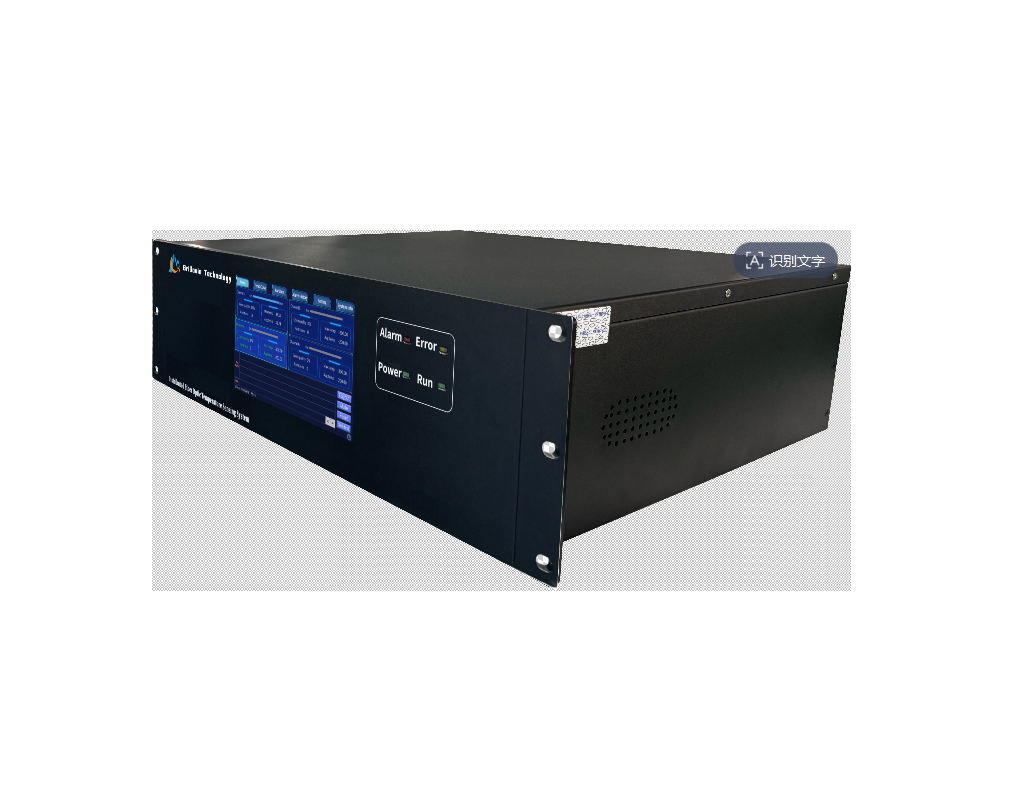
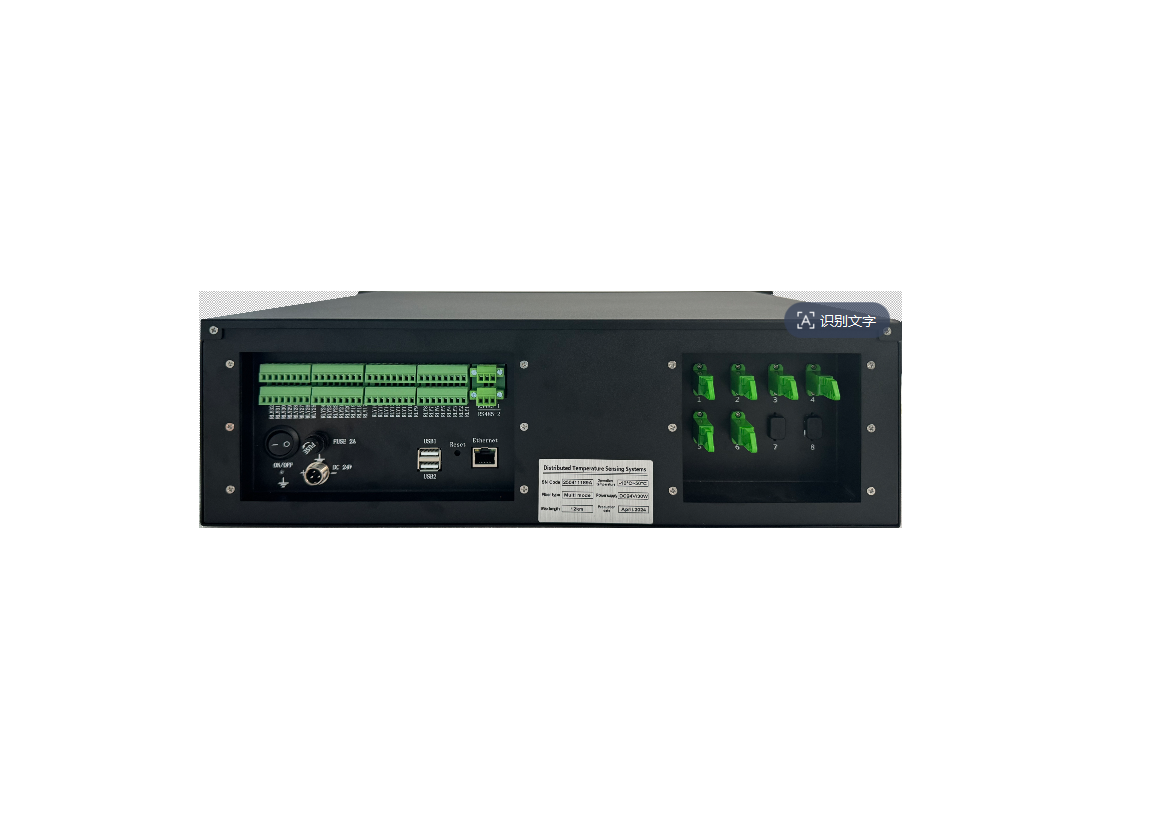
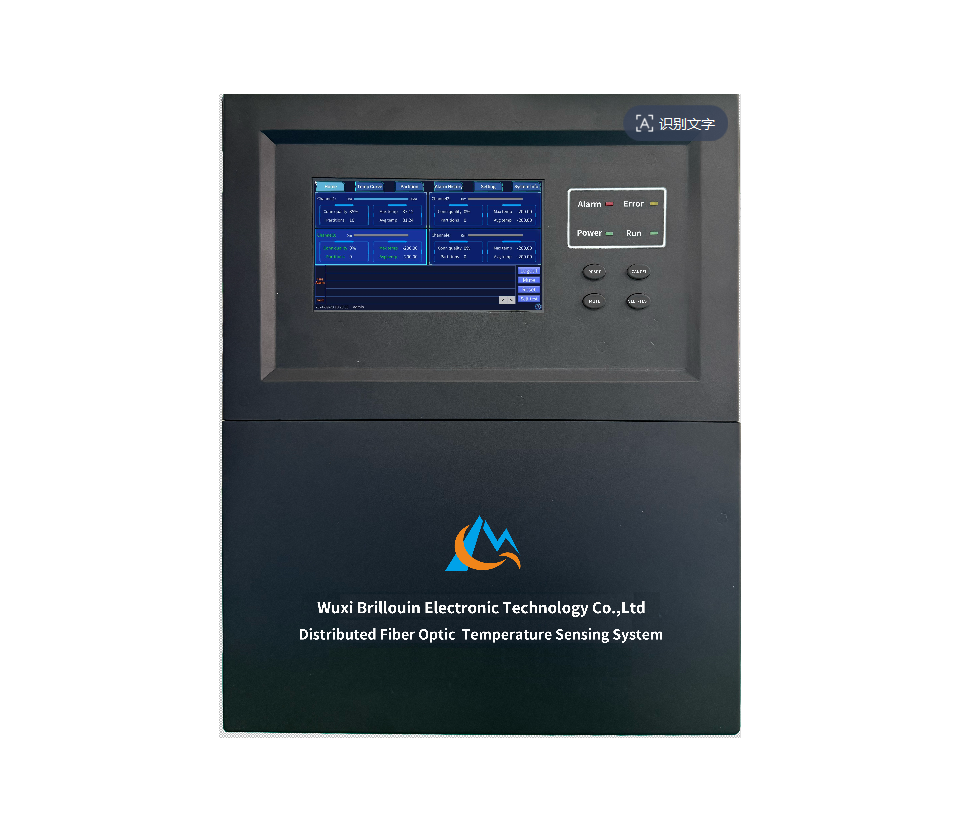
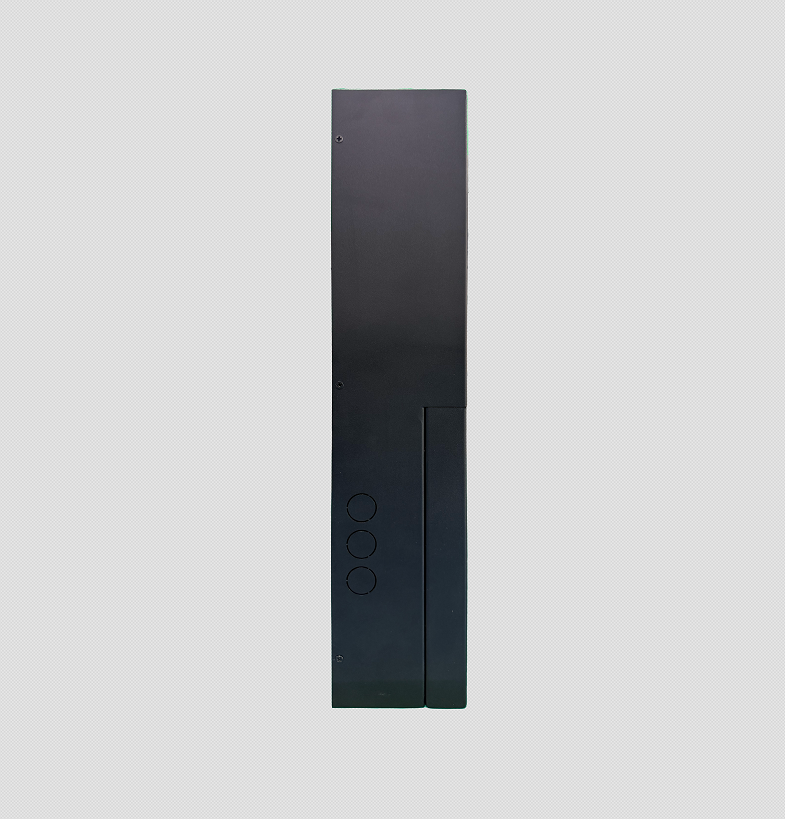
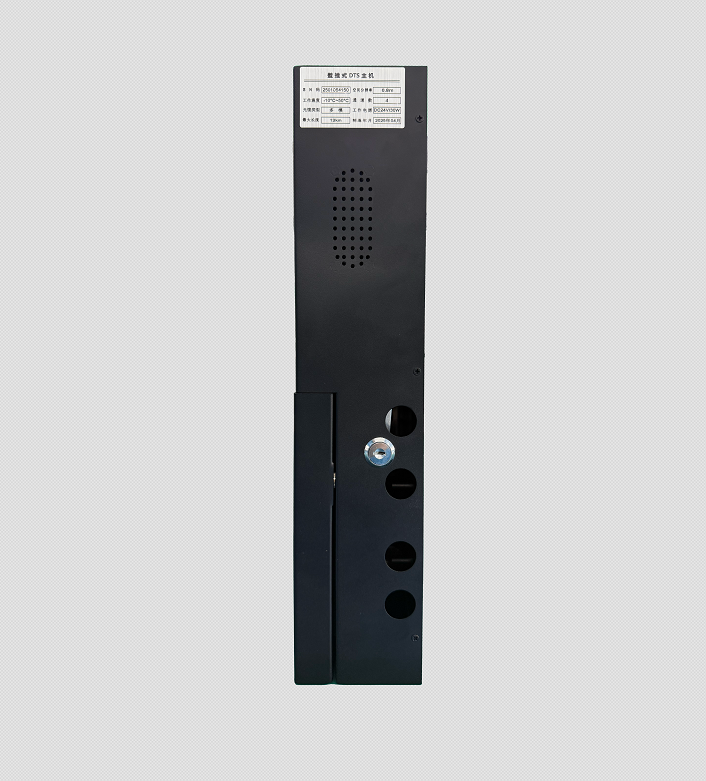
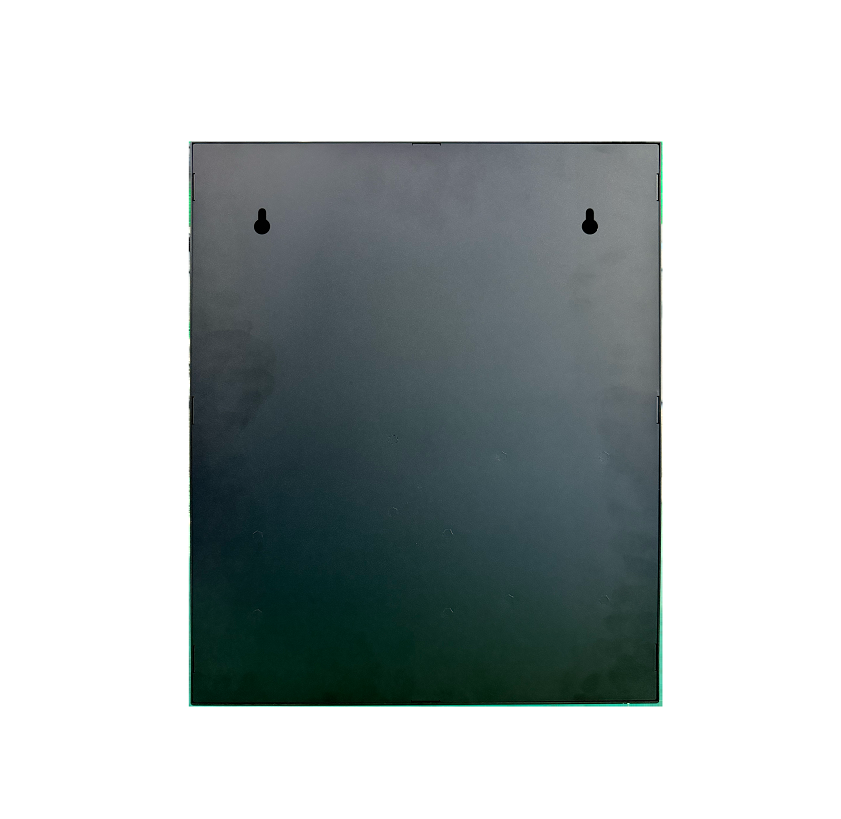
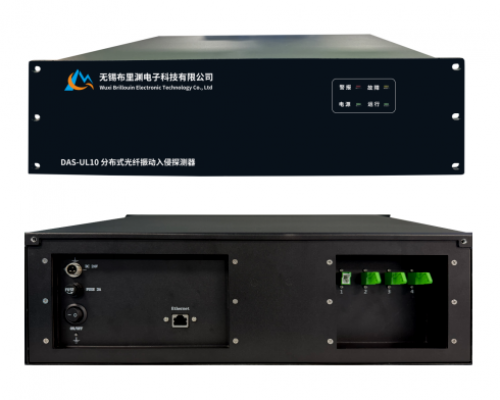
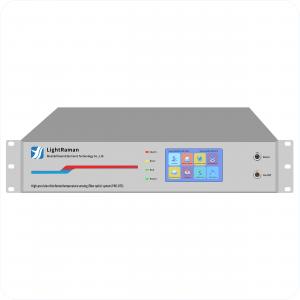
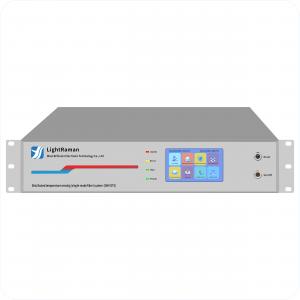
.20.1.jpg)
